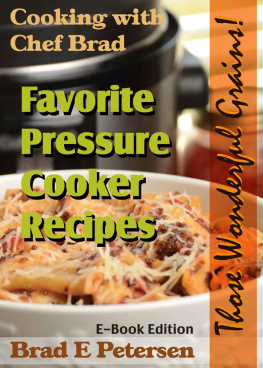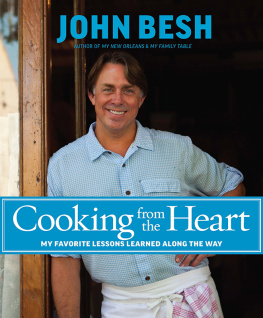Paul Prudhomme - Chef Paul Prudhomme’s Fork in the Road
Here you can read online Paul Prudhomme - Chef Paul Prudhomme’s Fork in the Road full text of the book (entire story) in english for free. Download pdf and epub, get meaning, cover and reviews about this ebook. year: 1993, publisher: William Morrow Cookbooks, genre: Home and family. Description of the work, (preface) as well as reviews are available. Best literature library LitArk.com created for fans of good reading and offers a wide selection of genres:
Romance novel
Science fiction
Adventure
Detective
Science
History
Home and family
Prose
Art
Politics
Computer
Non-fiction
Religion
Business
Children
Humor
Choose a favorite category and find really read worthwhile books. Enjoy immersion in the world of imagination, feel the emotions of the characters or learn something new for yourself, make an fascinating discovery.

- Book:Chef Paul Prudhomme’s Fork in the Road
- Author:
- Publisher:William Morrow Cookbooks
- Genre:
- Year:1993
- Rating:4 / 5
- Favourites:Add to favourites
- Your mark:
Chef Paul Prudhomme’s Fork in the Road: summary, description and annotation
We offer to read an annotation, description, summary or preface (depends on what the author of the book "Chef Paul Prudhomme’s Fork in the Road" wrote himself). If you haven't found the necessary information about the book — write in the comments, we will try to find it.
A Different Direction in Cooking from Americas Favorite Chef
Chef Paul Prudhomme, Americas most innovative chef, invites you to take a Fork in the Road, a journey toward a different way of cooking. If your goal is to produce great-tasting, flavorful dishes that everyone will enjoy, yet are still good for you, then this is the cookbook for you!
Chef Pauls new book offers not only recipes but a model for anyone who wants to modify his or her cooking to minimize the use of less healthful ingredients, yet retain the rich taste and texture that make them so delicious.
For instance, he uses pured dried beans and reduced fruit juices to create viscosity and enhance flavors. Both add an enormous amount of richness with virtually no fat. Chef Paul provides you with specific recipes to show you how these ingredients work, and encourages you to try them with all your favorite dishes.
To make rich, flavorful sauces and gravies for great-tasting meat, poultry, or fish--without a drop of oil, butter, shortening, or other fat--he has developed recipes in which dry flour is browned before adding it to the dish. And he always tells you to start with a hot pan, so you can bronze, or caramelize, an ingredient without any added fat. These techniques will make all your food taste better--new recipes as well as your favorite standbys.
Perhaps the most exciting portion of this book is the chapter on Magic Brightening Broths. These delicious broths are based upon defatted stocks, and get extra goodness from carefully balanced seasonings that enhance but dont overwhelm the flavors of foods cooked in them. Chef Paul envisions that once youve discovered how easy and enjoyable Magic Brightening is, you and your friends and family will want to cook this way several times a month.
From breads and breakfasts, through main and side dishes, to desserts and snacks, Chef Paul has streamlined his favorite recipes. Hes taken out as much fat as possible, leaving the texture, the richness, and the taste for which hes famous. This is not a diet book, but one dedicated to healthful ways to cook.
Paul Prudhomme: author's other books
Who wrote Chef Paul Prudhomme’s Fork in the Road? Find out the surname, the name of the author of the book and a list of all author's works by series.

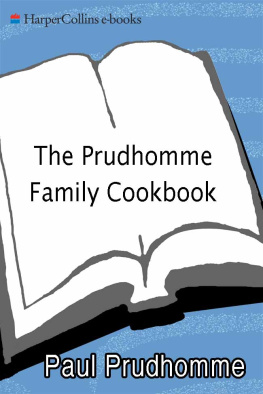
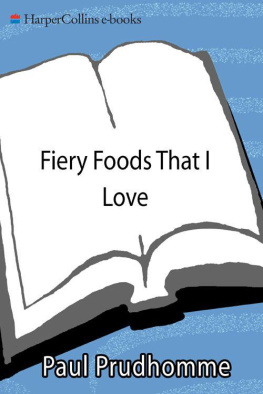
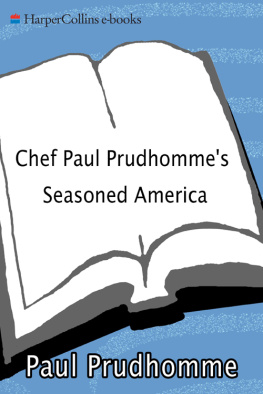
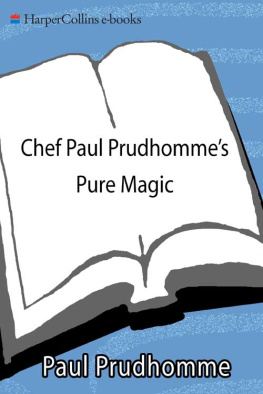

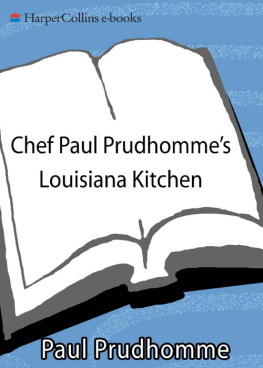
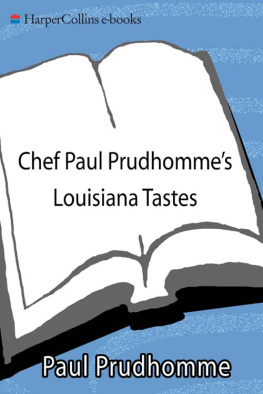
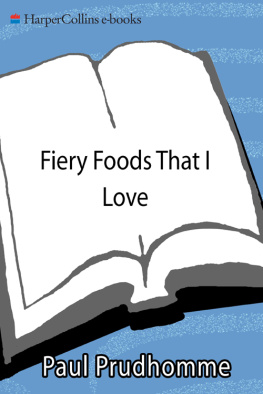

![Paul Kahan - Cooking for Good Times: Super Delicious, Super Simple [A Cookbook]](/uploads/posts/book/150685/thumbs/paul-kahan-cooking-for-good-times-super.jpg)
